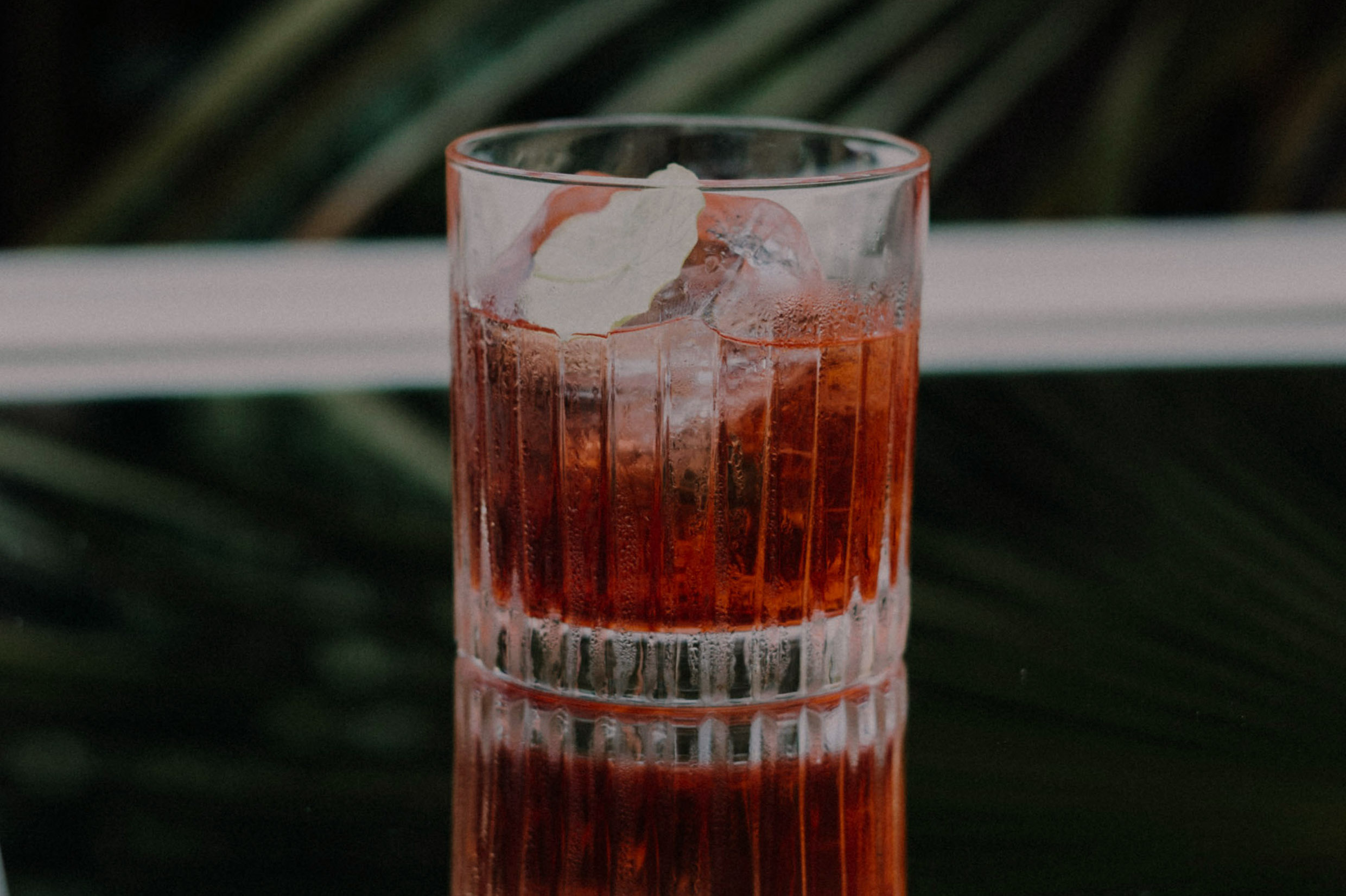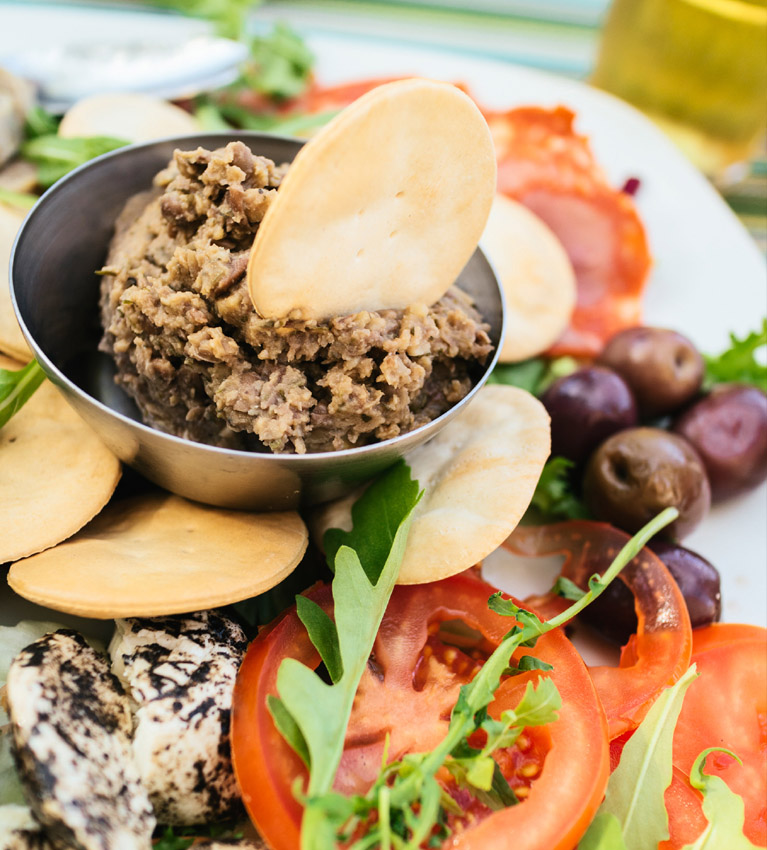
The Richness of Rum

The Segafredo Coffee Experience
June 28, 2025
Raising the Bar
July 9, 2025Panos Foteiadis journeys through the production and types of this sun-soaked spirit.
Few spirits embody the essence of sun-soaked islands and vibrant cocktails as perfectly as rum. With a storied history rooted in the sugarcane plantations of the Caribbean, rum has evolved into a sophisticated and versatile spirit enjoyed across the globe.
From its unique production methods to the diverse styles that cater to every palate, rum is a treasure trove for enthusiasts and novices alike. Let’s dive into what makes this spirit so exceptional.The art of rum productionAt its core, rum is made from sugarcane by-products, primarily molasses or sugarcane juice.
The process begins by fermenting these base ingredients with water and yeast, creating a sugar-rich mash that turns into alcohol. Once fermentation is complete, the liquid is distilled to concentrate the alcohol and develop the flavours.
Distillation typically occurs in either pot stills or column stills, each lending unique characteristics to the final product. Pot stills produce robust and full-bodied rums, while column stills create lighter and cleaner spirits. After distillation, the rum is either bottled immediately as a clear spirit or aged in wooden barrels, often oak, to develop complexity and depth.
Aging can dramatically transform the rum, imparting rich notes of vanilla, spice, and caramel from the wood.Master blenders then work their magic, combining different batches to achieve the perfect balance of flavours before bottling. Whether it's a bright and fresh white rum or a deeply complex aged variety, each bottle tells its own story.
Exploring the types of rum
Rum is incredibly diverse, with styles that vary by region, production method, and aging process. Below are the primary types that every enthusiast should know:
1. White Rum (Silver or Light Rum)
This clear and unaged rum is known for its mild flavour and crisp character. White rum is the go-to choice for cocktails like mojitos and daiquiris, where its subtle sweetness blends seamlessly with fresh ingredients.
2. Gold Rum (Amber Rum)
Gold rum is often aged for a short period in oak barrels, which gives it a richer flavour and a warm amber hue. With hints of vanilla and toffee, gold rum is versatile and can be enjoyed in cocktails or sipped neat.
3. Dark Rum
Full-bodied and intensely flavoured, dark rum is aged longer in heavily charred barrels. This aging process imparts deep notes of molasses, spice, and dried fruit. It’s perfect for sipping or adding depth to cocktails like the classic Dark and Stormy.
4. Aged Rum (Premium Rum)
These rums spend several years aging in barrels, developing complex flavours reminiscent of fine whiskies. Aged rum is best enjoyed neat or on the rocks to appreciate its nuanced notes of oak, caramel, and spices.
5. Spiced Rum
Infused with a blend of spices such as cinnamon, nutmeg, and vanilla, spiced rum offers a bold and aromatic flavour profile. It’s a favourite for adding warmth to cocktails or simply sipping with a splash of cola.
6. Overproof Rum
With an alcohol content higher than the typical 40%, overproof rums pack a punch. They are often used sparingly in cocktails or for flambé dishes that require a fiery flair.
7. Agricultural Rum (Rhum Agricole)
Produced primarily in French-speaking Caribbean islands, this style uses fresh sugarcane juice instead of molasses. Rhum Agricole has a distinctive grassy and floral flavour, making it a unique choice for adventurous palates.
The global appeal of rum
While rum is most famously associated with the Caribbean, its popularity has spread worldwide. Countries like the Philippines, Venezuela, and even regions in the United States have developed their own rum traditions. Each region brings a unique twist to the production process, influenced by local climate, aging conditions, and cultural preferences.
Rum's versatility also makes it a bartender’s best friend. From tropical tiki drinks to sophisticated Old Fashioned twists, the spirit's adaptability knows no bounds. Its wide flavour spectrum allows for endless creativity, whether mixed in a cocktail or savoured neat.
A rich legacy
Beyond its production and types, rum holds a rich cultural and historical significance. From its early days fuelling sailors on long voyages to becoming a symbol of celebration and relaxation, rum has earned its place in the pantheon of great spirits.
So, the next time you sip a daiquiri on a sunny afternoon or savour an aged rum by the fire, take a moment to appreciate the craftsmanship and history behind this remarkable spirit. With its rich flavours and fascinating legacy, rum is truly a spirit worth exploring.

Panos Foteiadis
Panos Foteiadis is a renowned mixologist with 20 years of experience in high-end venues. As a Diageo Bar Academy Trainer, Panos imparts his extensive knowledge and passion for mixology to budding bartenders and industry professionals. His expertise and creativity have earned him numerous accolades, including five Maltese national cocktail competition titles.
In 2019, Panos's exceptional skills were recognized on the global stage when he secured the bronze medal at the World Cocktail Championship. Panos's dedication to the craft of mixology and his ability to create innovative and exquisite cocktails make him a standout figure in the world of bartending.
Click here to see Horeca Issue 19 online



